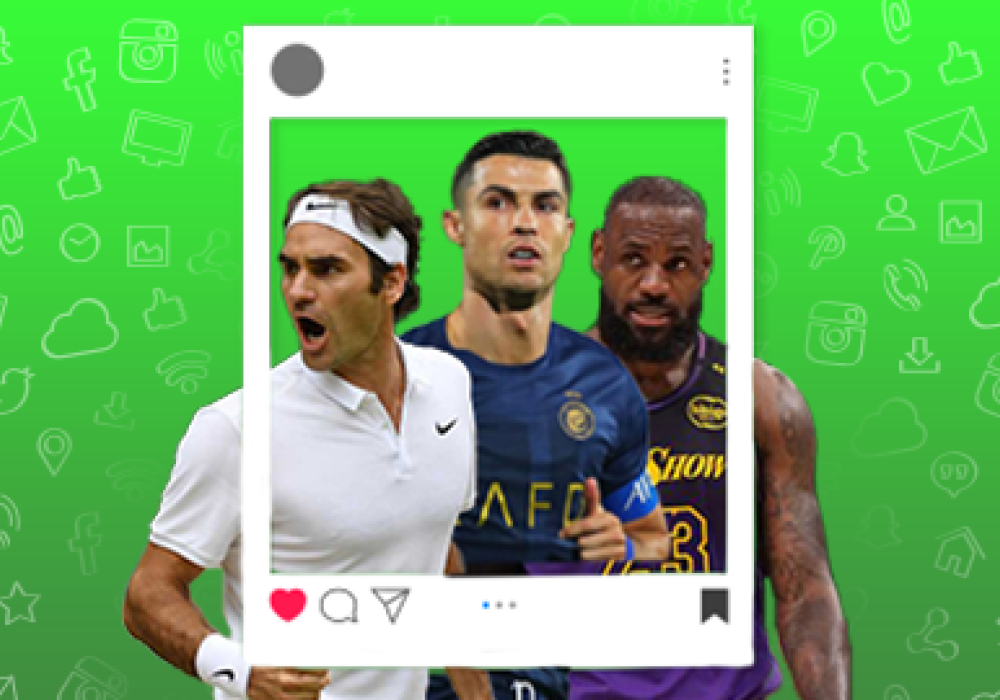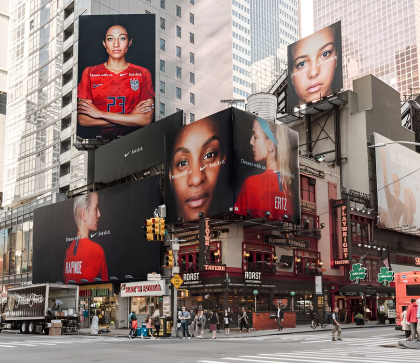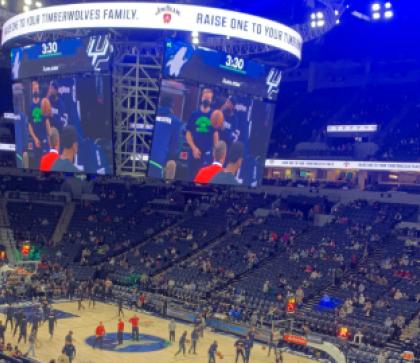Blog
The Importance of Developing an Athlete's Personal Brand

In today’s sports world, success is no longer just about being the best; athletes with strong personal brands also come out on top. This is determined by their behavior in society, communication skills, public image, and proper use of social media.
This article will explore how building a personal brand is crucial for an athlete’s career and future.
1. What is Personal Branding, and Why is It Important?
Personal branding is the process of shaping and promoting an individual’s professional or personal identity to the public. Through this, you showcase your values, skills, knowledge, and unique qualities, making yourself stand out and become recognizable. To achieve this, a well-defined strategy and action plan are necessary.
Today, personal brands are primarily built through social media, professional platforms, traditional media channels, and other means. Successful athletes, who already have large audiences, are constantly in the spotlight. By creating their personal brands, they not only highlight their achievements in sports but also attract the attention of brands, becoming beloved and distinguished figures in society.
- Social Media and Personal Branding
Nowadays, social media is the most widely used tool for building a personal brand. It allows athletes to showcase their activities, engage with fans, and strengthen their public presence. For example, world-famous athletes like Cristiano Ronaldo and Serena Williams actively use social media to enhance their personal brands. Every post and share they make increases the value of their brand.
- The Mutual Benefit Between Athletes and Brands
Having a strong personal brand provides athletes with high-paying sponsorships and commercial opportunities. A prime example is basketball legend Michael Jordan’s collaboration with Nike. The “Air Jordan” brand is not just about sports shoes—it has become a global symbol of the legendary athlete’s personal image.
2. The Impact of Personal Branding on a Career
- During and After an Athlete’s Career
Athletes who successfully build their personal brands continue to enjoy numerous opportunities even after retiring. For example, after David Beckham ended his football career, he used his established reputation to take part in high-profile advertising campaigns, becoming an ambassador for renowned brands and earning millions.
- Public Influence
Athletes who build strong personal brands are recognized not only for their performances but also for their engagement with fans. Interacting with supporters on social media, responding to their questions, and sharing aspects of their personal life and training strengthens the bond between an athlete and their audience. For instance, American basketball star LeBron James has left a lasting impression on fans through his social activism, particularly in social justice issues. His stance has made him a role model and a widely respected athlete.
3. The Economic Value of Personal Branding
- Increase in Sponsorship Deals
Athletes with strong personal brands are highly valued by companies and receive the most lucrative sponsorship deals. These partnerships provide not only financial support but also help athletes reach a broader audience. For example, tennis legends Rafael Nadal and Roger Federer generate significant commercial income through their personal brands, sometimes even exceeding the prize money they earn from winning tournaments.
- Advertising Projects
By developing a personal brand, athletes become influential figures in public opinion and are sought after for advertisements. They are also invited as honorary guests or speakers at various presentations, conferences, and events, earning additional income.
4. The Risks of Poor Personal Branding
If an athlete fails to manage their personal brand properly, it can severely damage their career and future. Branding is so crucial that even a small mistake can have serious consequences, and recovering from such setbacks requires great effort. A well-known example is Tiger Woods, whose public scandals significantly harmed his image. Although he managed to rebuild his reputation over time, the damage to his brand was substantial.
Building and maintaining a strong personal brand can lead to greater success and long-term financial stability for athletes. Additionally, well-managed personal branding helps athletes gain more fans and influence. Therefore, personal branding should be considered one of the key strategic priorities for athletes, both now and in the future.
Author: Rəfiqə Əziz


